Little Fish Matter
- / BY Joe Sarmiento
- / June 11, 2012
 Where there’s bait…big fish follow[/caption]
Where there’s bait…big fish follow[/caption]
As any angler knows…the big sport fish that we target only show up when there is bait (aka forage fish) around for them to eat. They’ll only get big if there is bait for them to eat. Makes sense, right?
Back in November, I wrote how the Pew Charitable Trust has a group, the Pacific Fish Conservation Campaign (PFCC), that is working to protect forage species of fish that aren’t currently being managed (ex. croaker, smelt, mackerel, but not sardines, anchovies etc. that are already under management) to be managed so that a healthy level is maintained to support the ecosystem. The reason why this effort is important is because there is a big chance (maybe a likelihood) that these fish could be the target of future commercial fishing efforts to make products like fertilizer, pet food and commercial feed for a growing aquaculture industry.
In April, the Lenfest Forage Fish Taskforce, a panel of 13 pre-eminent marine scientists from around the world (including 2 scientists from my own University of Washington – WOOF!), concluded a study that had some interesting findings. One was that current management practice doesn’t account for the boom/bust population swings that forage fish are prone to having. Another was that forage fish are worth twice as much in the water because of the larger gamefish their population supports. Their findings provide scientific data supporting the PFCC’s position for managing forage fish species.
When I wrote my post in November, it was in advance of a meeting of the Pacific Fisheries Management Council (PFMC). The PFMC makes fisheries management decisions for waters 3 miles offshore of Washington, Oregon, and California. The PFMC recommendations are generally adopted by state authorities that manage the fisheries inside of the 3 mile boundary. The PFMC tabled the forage fish topic at their November 2011 meeting. They will be spending several hours discussing forage fish when they meet June 23rd in San Mateo, CA. If a decision is not made to support forage fish management at this meeting, they may not choose to address the topic further.
I urge my readers to let the PFMC know that forage fish are important to anglers and other constituencies concerned about the health of our ocean (obviously, forage fish support other populations like marine mammals and seabirds). You can let them know by clicking through on the ad you see on the upper right and and signing the petition. If you are able to attend June 23rd and testify why you support this effort, even better. There is a checkbox on the form and the Pew folks will contact you about attending if you check it. I have signed off. I hope you will too. Tight lines!]]>
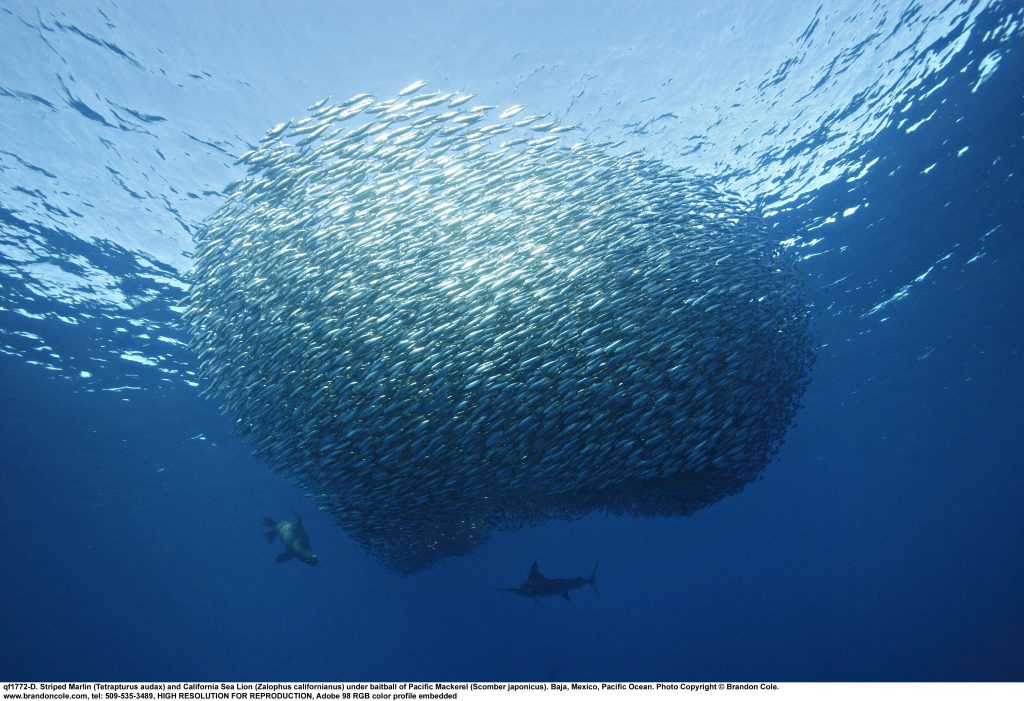
As any angler knows…the big sport fish that we target only show up when there is bait (aka forage fish) around for them to eat. They’ll only get big if there is bait for them to eat. Makes sense, right?
Back in November, I wrote how the Pew Charitable Trust has a group, the Pacific Fish Conservation Campaign (PFCC), that is working to protect forage species of fish that aren’t currently being managed (ex. croaker, smelt, mackerel, but not sardines, anchovies etc. that are already under management) to be managed so that a healthy level is maintained to support the ecosystem. The reason why this effort is important is because there is a big chance (maybe a likelihood) that these fish could be the target of future commercial fishing efforts to make products like fertilizer, pet food and commercial feed for a growing aquaculture industry.
In April, the Lenfest Forage Fish Taskforce, a panel of 13 pre-eminent marine scientists from around the world (including 2 scientists from my own University of Washington – WOOF!), concluded a study that had some interesting findings. One was that current management practice doesn’t account for the boom/bust population swings that forage fish are prone to having. Another was that forage fish are worth twice as much in the water because of the larger gamefish their population supports. Their findings provide scientific data supporting the PFCC’s position for managing forage fish species.
When I wrote my post in November, it was in advance of a meeting of the Pacific Fisheries Management Council (PFMC). The PFMC makes fisheries management decisions for waters 3 miles offshore of Washington, Oregon, and California. The PFMC recommendations are generally adopted by state authorities that manage the fisheries inside of the 3 mile boundary. The PFMC tabled the forage fish topic at their November 2011 meeting. They will be spending several hours discussing forage fish when they meet June 23rd in San Mateo, CA. If a decision is not made to support forage fish management at this meeting, they may not choose to address the topic further.
I urge my readers to let the PFMC know that forage fish are important to anglers and other constituencies concerned about the health of our ocean (obviously, forage fish support other populations like marine mammals and seabirds). You can let them know by clicking through on the ad you see on the upper right and and signing the petition. If you are able to attend June 23rd and testify why you support this effort, even better. There is a checkbox on the form and the Pew folks will contact you about attending if you check it. I have signed off. I hope you will too. Tight lines!

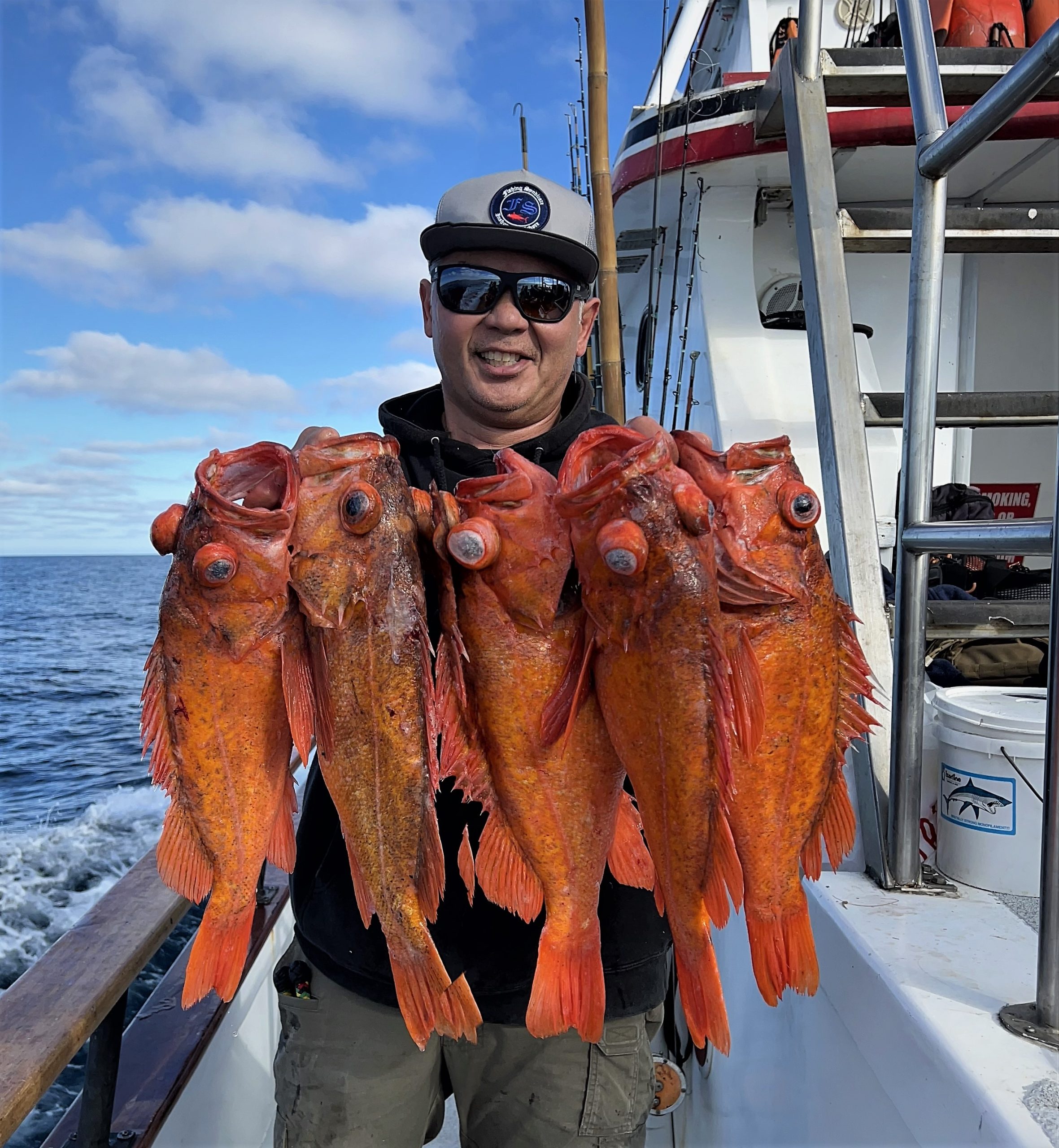
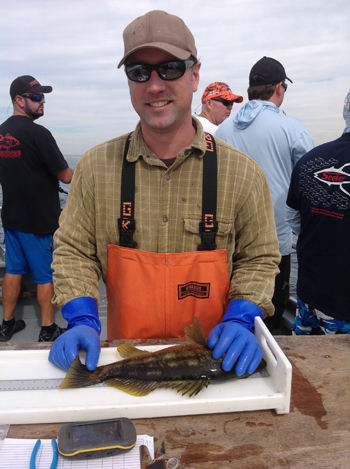
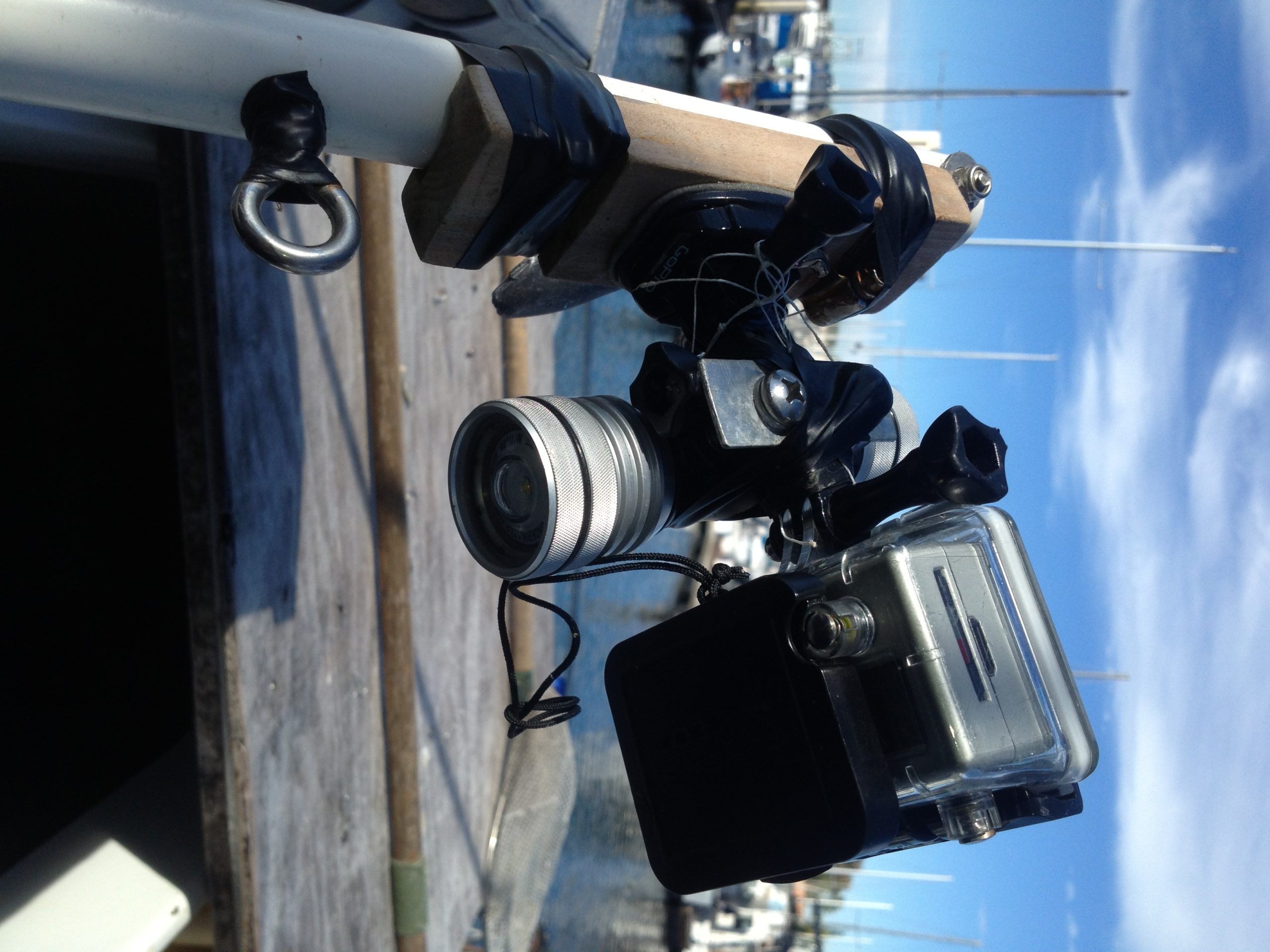



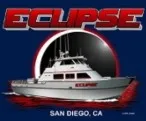


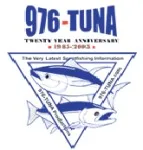

Pingback: My First Time at A Pacific Fisheries Management Council Meeting | Eat U.S. Seafood